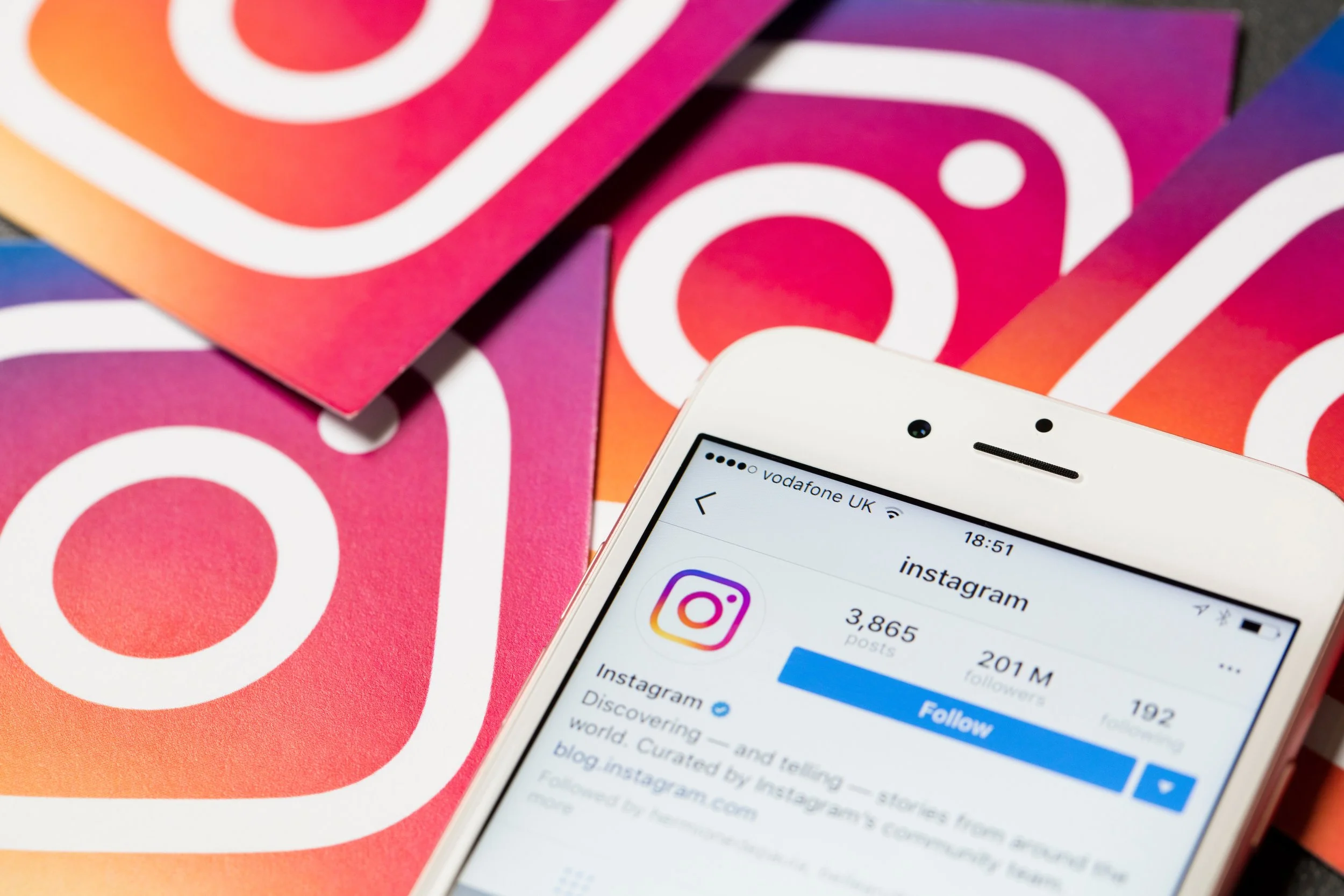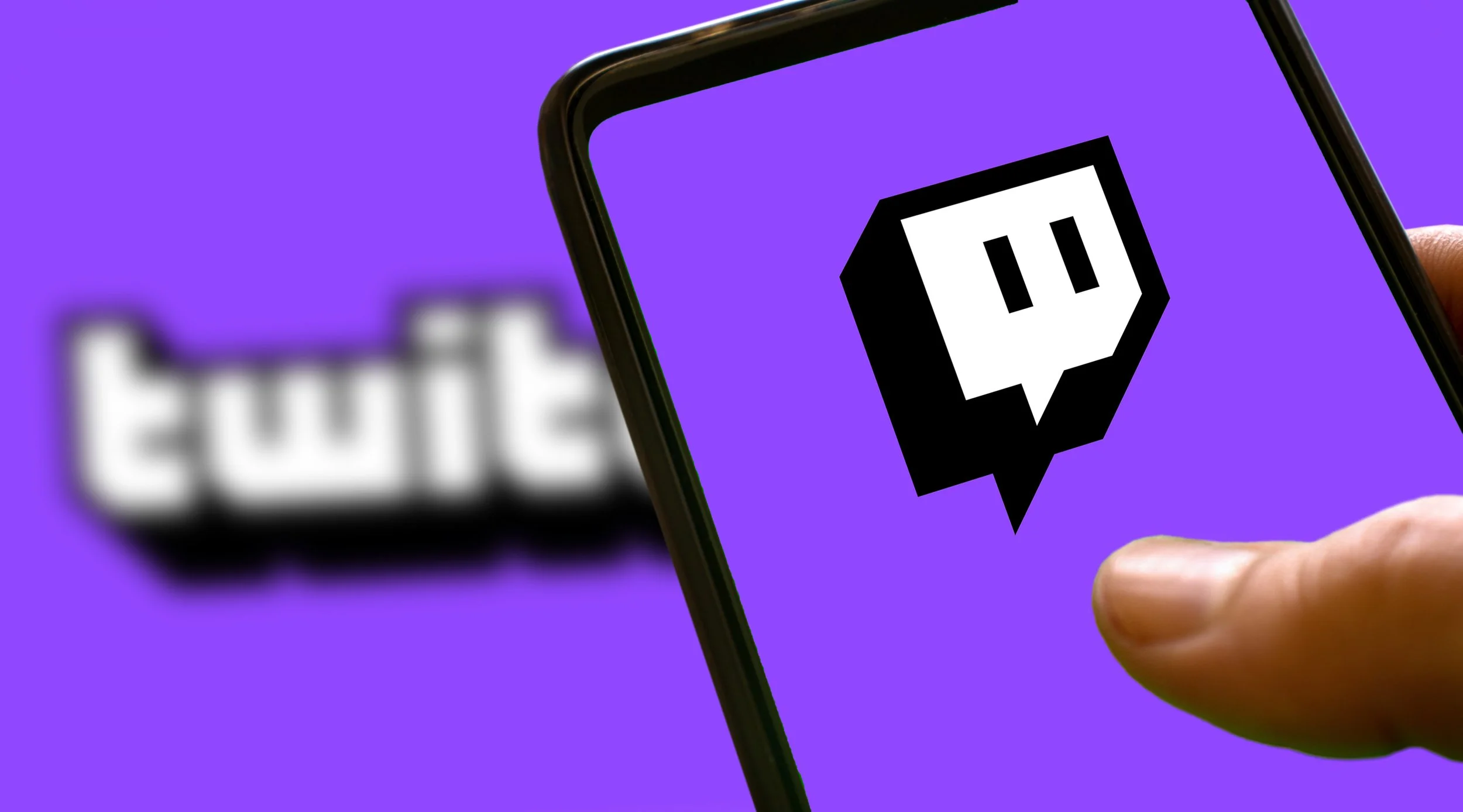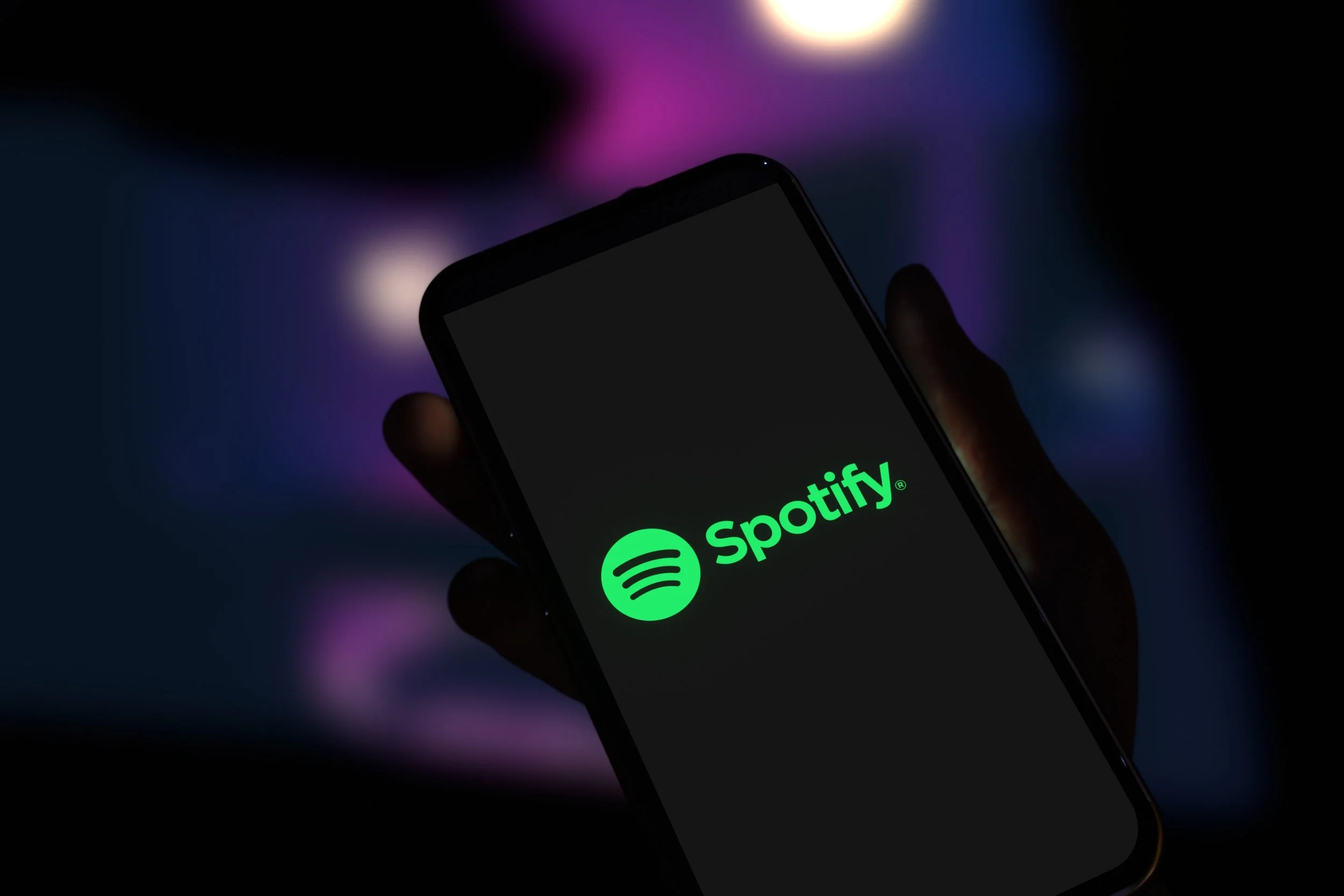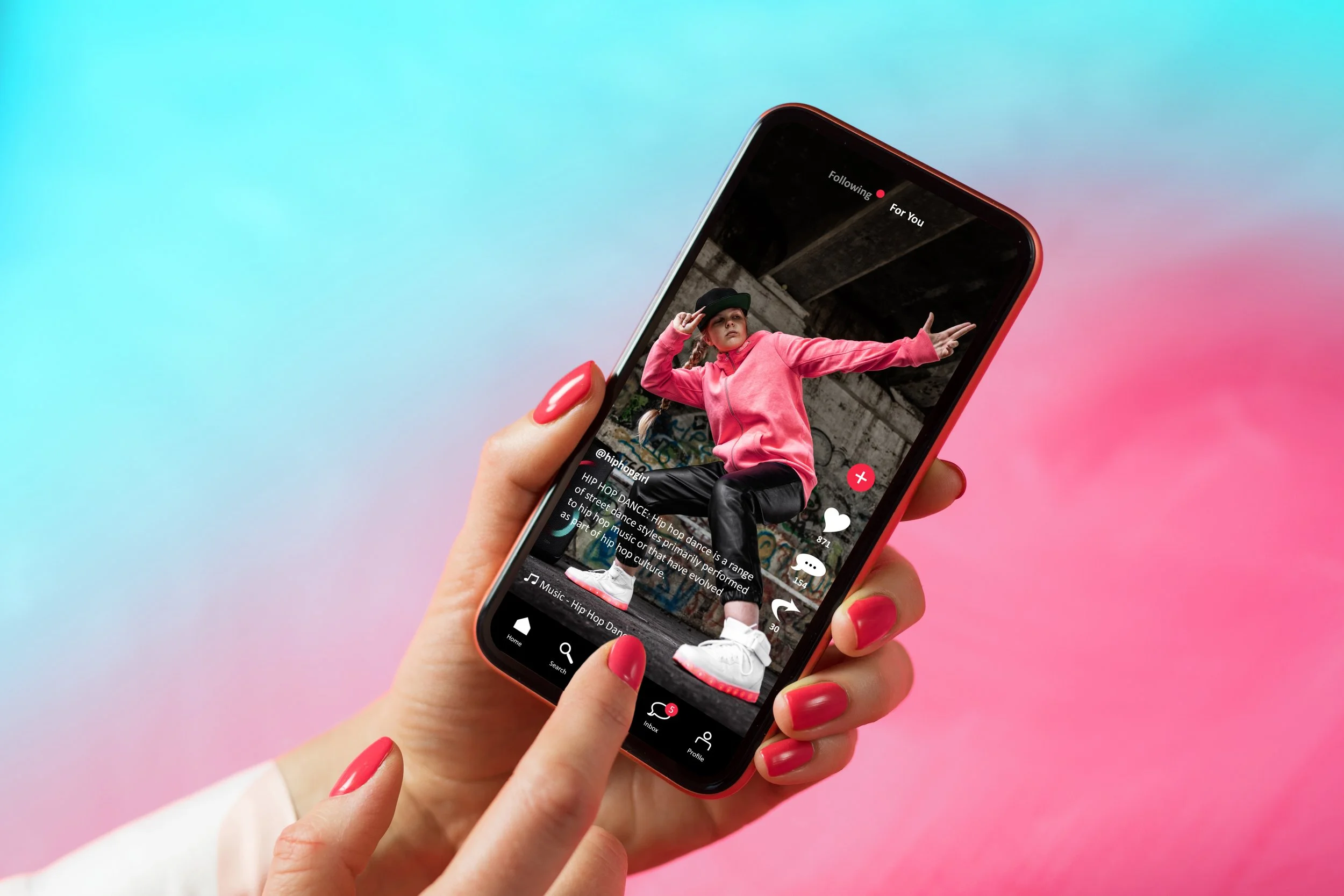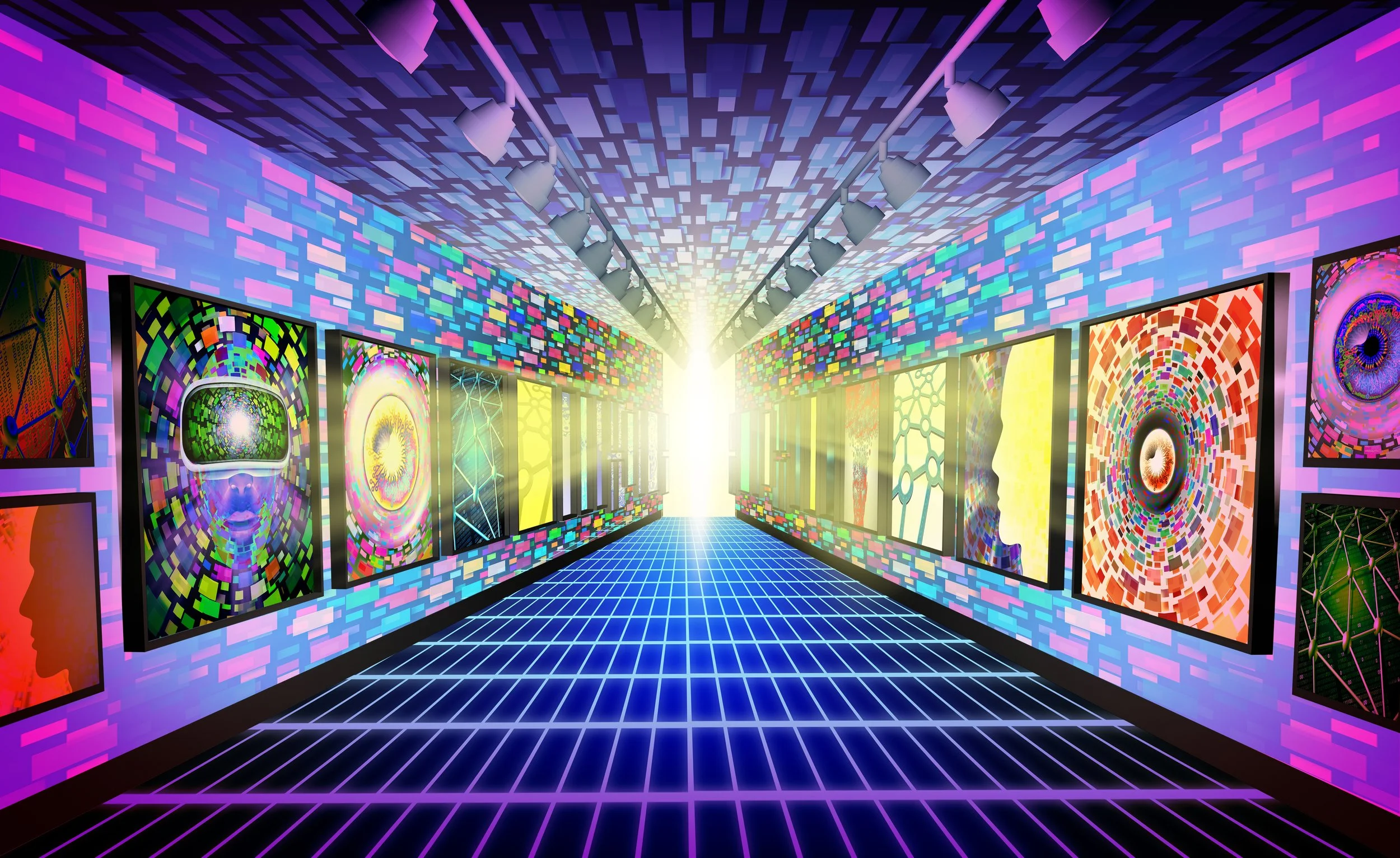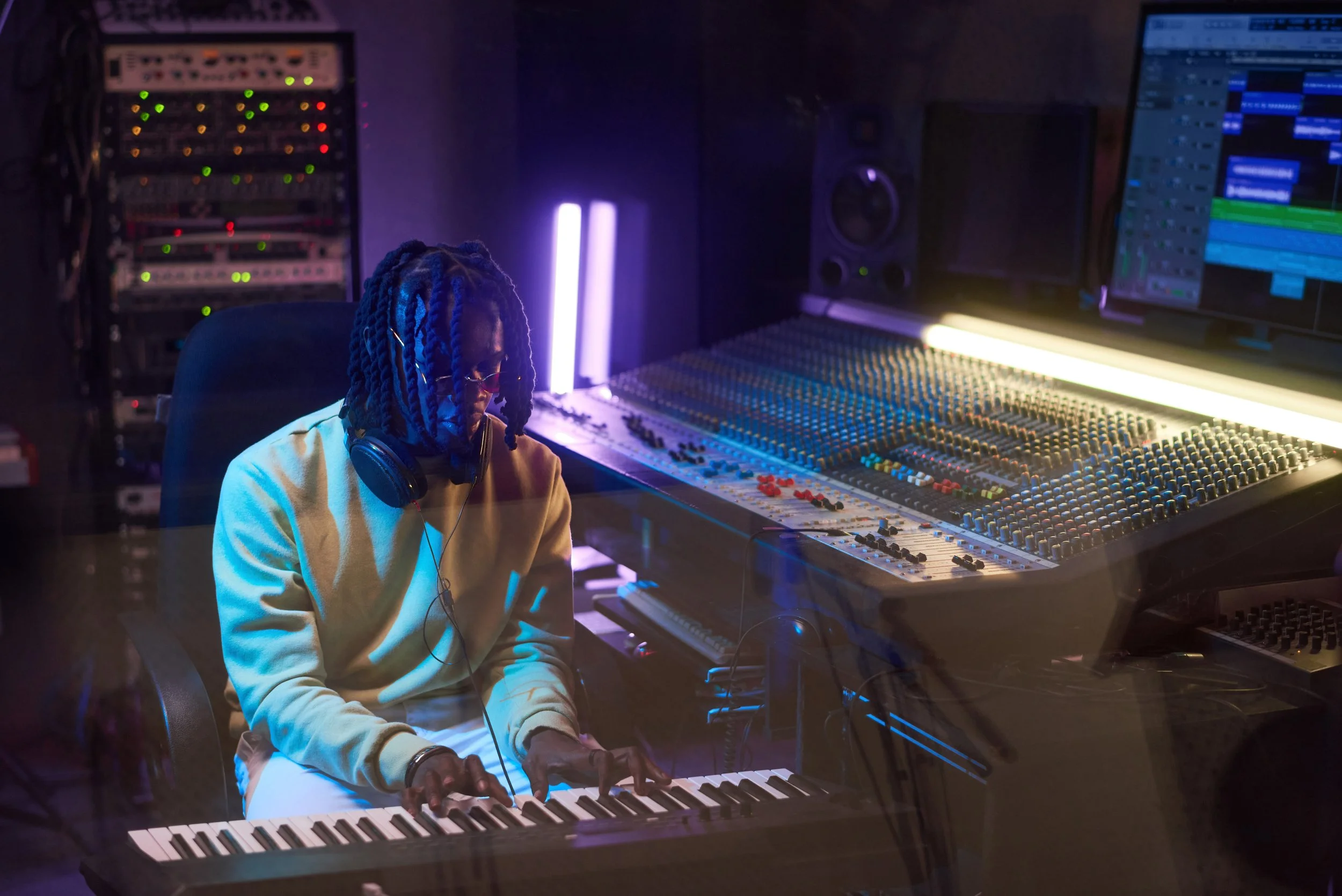How to Get Sync Licenses
What is sync licensing and how do you get into it? Starting with the basics, you need to understand the concept of music licensing. Music licensing is the permission to put your music to picture, which can be a TV show, a film, or any other type of media. Anytime you synchronize music to a form of visual media, you need a sync license.
So, how do you get started? There's multiple approaches you can take. You can connect with a music supervisor who oversees all the music being used in place in a particular production. You can also talk to a music coordinator or music editor, both who are involved in the production and decision-making process of music being used in a production. The tricky part about this approach is that it may be hard to get in contact with these people because of their extremely busy schedules.
However, there is an easier way! You can also get music placements in TV and film by going through a music library or music licensing company. A music library is essentially a publisher that focuses primarily on TV, film, and media. Examples of these music libraries include Million Ducks Music, Jingle Punks, Tunedge, and AudioSparx.com. Many of these platforms have a submission portal to submit your music to in order to be included in their library.
Music libraries are a perfect way to get started in sync licensing, but what happens after you get accepted to a company? When you partner with a music library, you're going to see two types of deals - exclusive and non-exclusive. An exclusive deal means that once you sign a beat to a music library, you can’t send it to any other library until the term is over. The library you sign with is the only one that can represent and publish the beat on your behalf for the term of that agreement. With that being said, you are still free to make new tracks and send them to a different music library. A non-exclusive deal entails giving multiple non-exclusive libraries the right to publish and pitch your music on your behalf. With a non-exclusive track, you just have to be careful that you don’t sign it to an exclusive agreement. To avoid any confusion, you should create two piles of music - one for exclusive deals and one for non-exclusive deals.
Now, how do you get paid? The first way is through an upfront sync fee, which is a fee that’s paid upfront to you when a production company wants to use your music in a movie or TV show. There are also backend royalties which get paid out to you when movies or TV shows get replayed continuously around the world. You can get backend royalties in addition to your upfront sync fee, but sometimes you’re only paid backend royalties, which isn’t bad at all because they add up over time. In order to receive your backend royalties, you have to make sure you're registered with a PRO (Performing Rights Organization) such as BMI, ASCAP, or SESAC.
A very popular question that gets asked is “what gets placed the most - instrumentals or full songs?” To put it simply, there are opportunities for both. There’s a lot of independent music that’s used for shows and movies because it's cheaper than using a major artist or a hot song. It’s a great opportunity for indie artists to step in and create some additional income with their music. It can also be a great marketing tool to increase exposure with your music being used by big networks and in TV/film production.
Song structure is something that’s very important, especially if you're producing instrumentals for TV and film. It's not the same as producing music for artists because in those settings, you would produce full records that may have bridges or extended intros/outros. But for TV and film, many times editors are looking for specific elements and structure that give them flexibility to make certain cuts of your track. For example, you may have the first section of a track start off sparse with little instrumentation, but then your second section could build up with a little bit more instrumentation. Editors may take those two parts and use them in two different places in a show or film, so you’re increasing your chances of your music being used in a production. Also, music for TV and film intros are very short. You want to get straight to the point, which means no longer than 12-14 seconds for the intro.
Another important element for composing music for TV and film is a sting ending, which is a definite/hard ending to your track as opposed to having the track slowly fade out. Usually, music supervisors and editors do not like fade outs because it makes it more challenging for them to do a transition from scene to scene while the track is slowly fading out. Of course there are exceptions that may happen, but to be on the safe side, make sure you're structuring your instrumentals properly so that you can optimize them for placement. Also, if you have lyrics in your track, make sure they're broad enough to be applied to multiple situations. For example, if you have a song that mentions a specific city, year, date, or people, it may not have as high of a chance of getting placed as a song where the lyrics are more general (living life, having fun, winning, etc.). In addition, if you're a producer, you need to take your producer tag out because music supervisors and editors usually don’t like them.
Another hot topic in music licensing is samples. If you're a producer and you primarily sample, unfortunately it's going to be difficult to get placements because typically music supervisors/editors don't want to put in the time and effort to clear samples. Even royalty free loops can cause trouble if you're not manipulating them and making them unique to the point where they’re unrecognizable. This is because if you use a sample in the exact same way as another producer, there can be hold ups in production and clearance. As a result, producers and composers on the sync side tend to stay away from samples altogether to make things as clean and simple as possible for clearance purposes.


